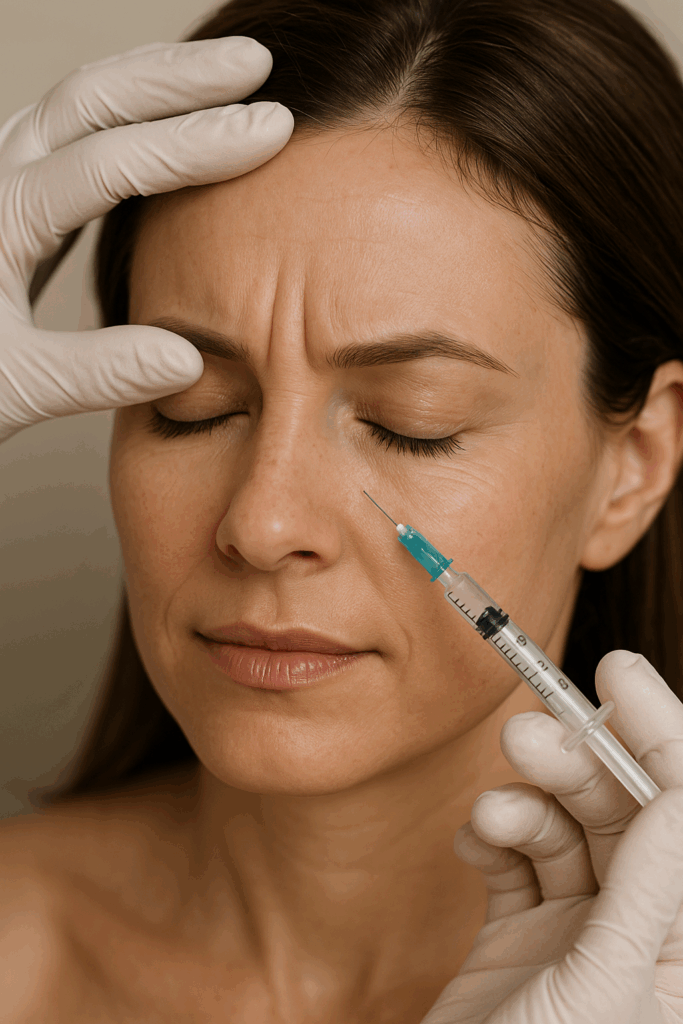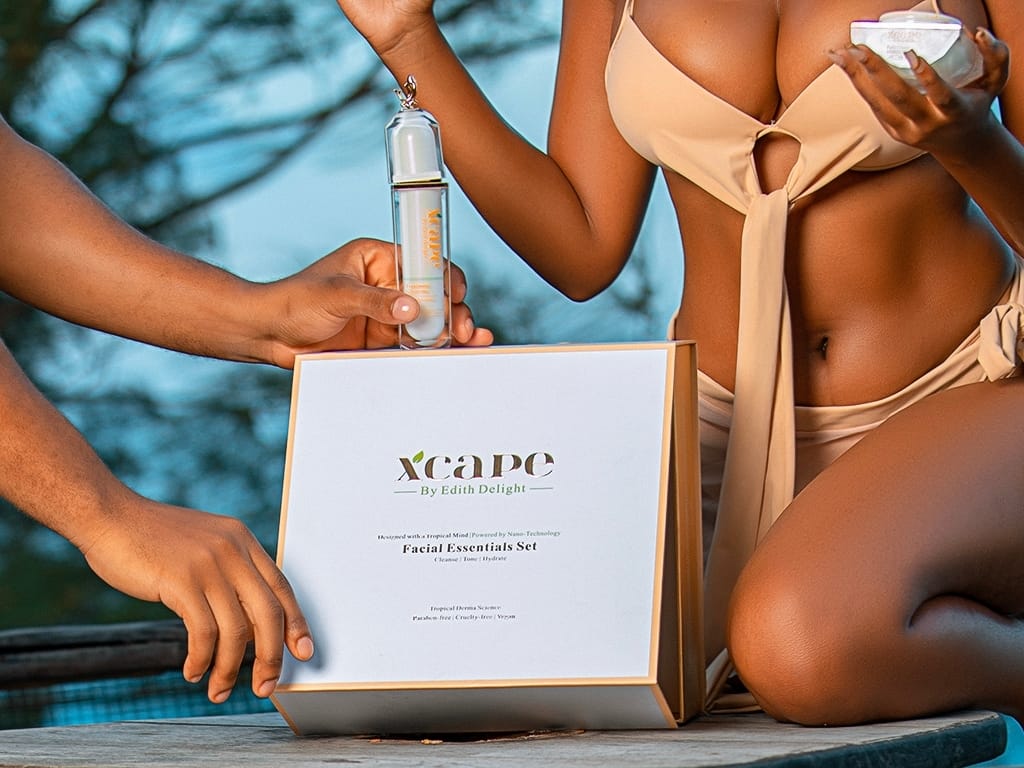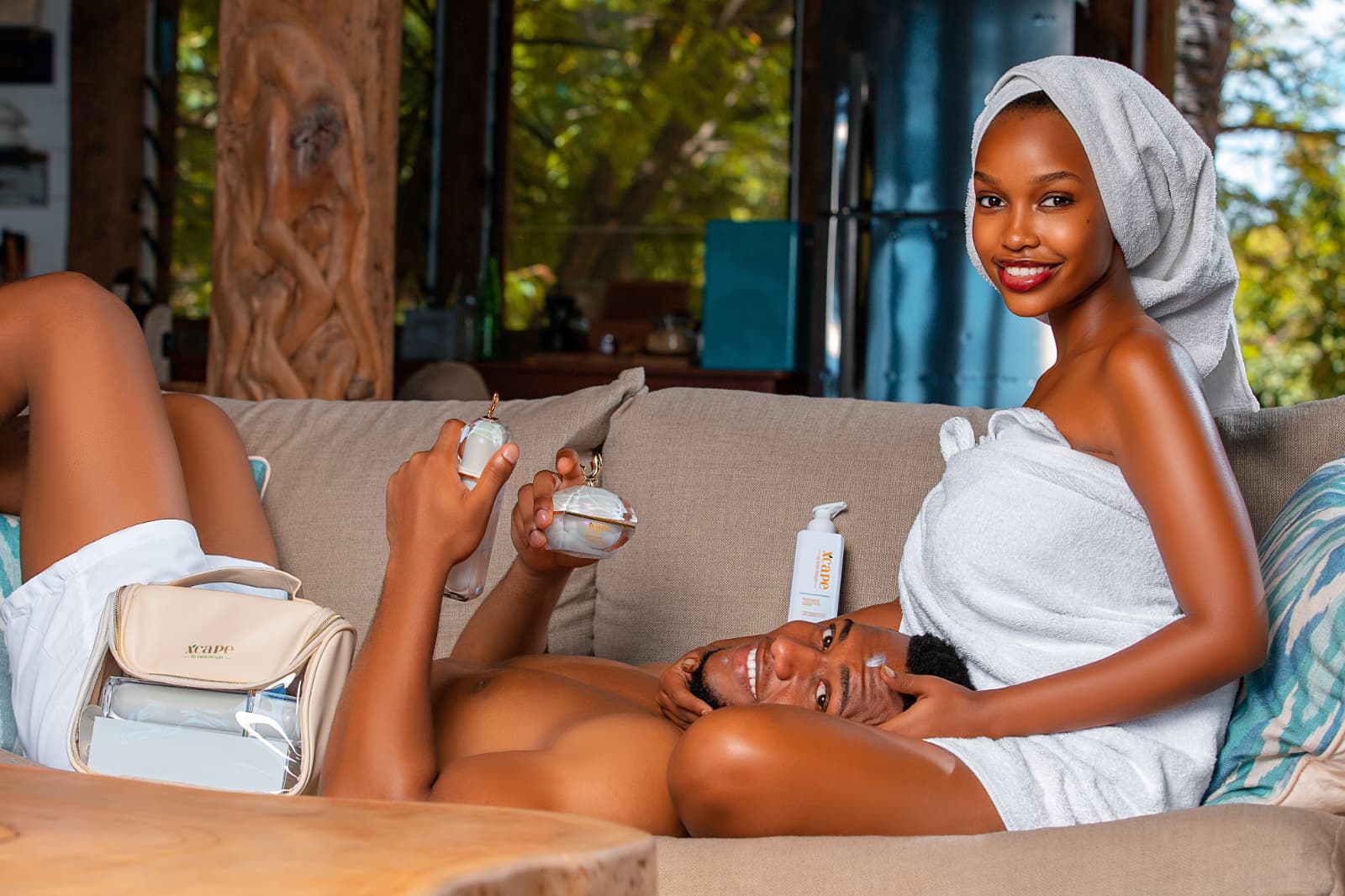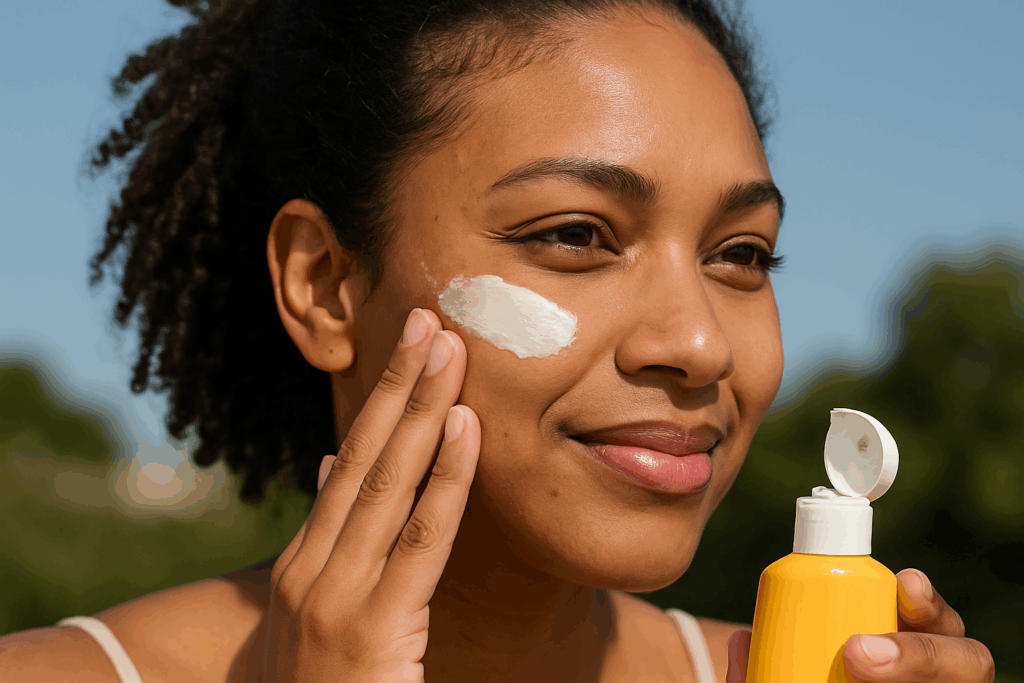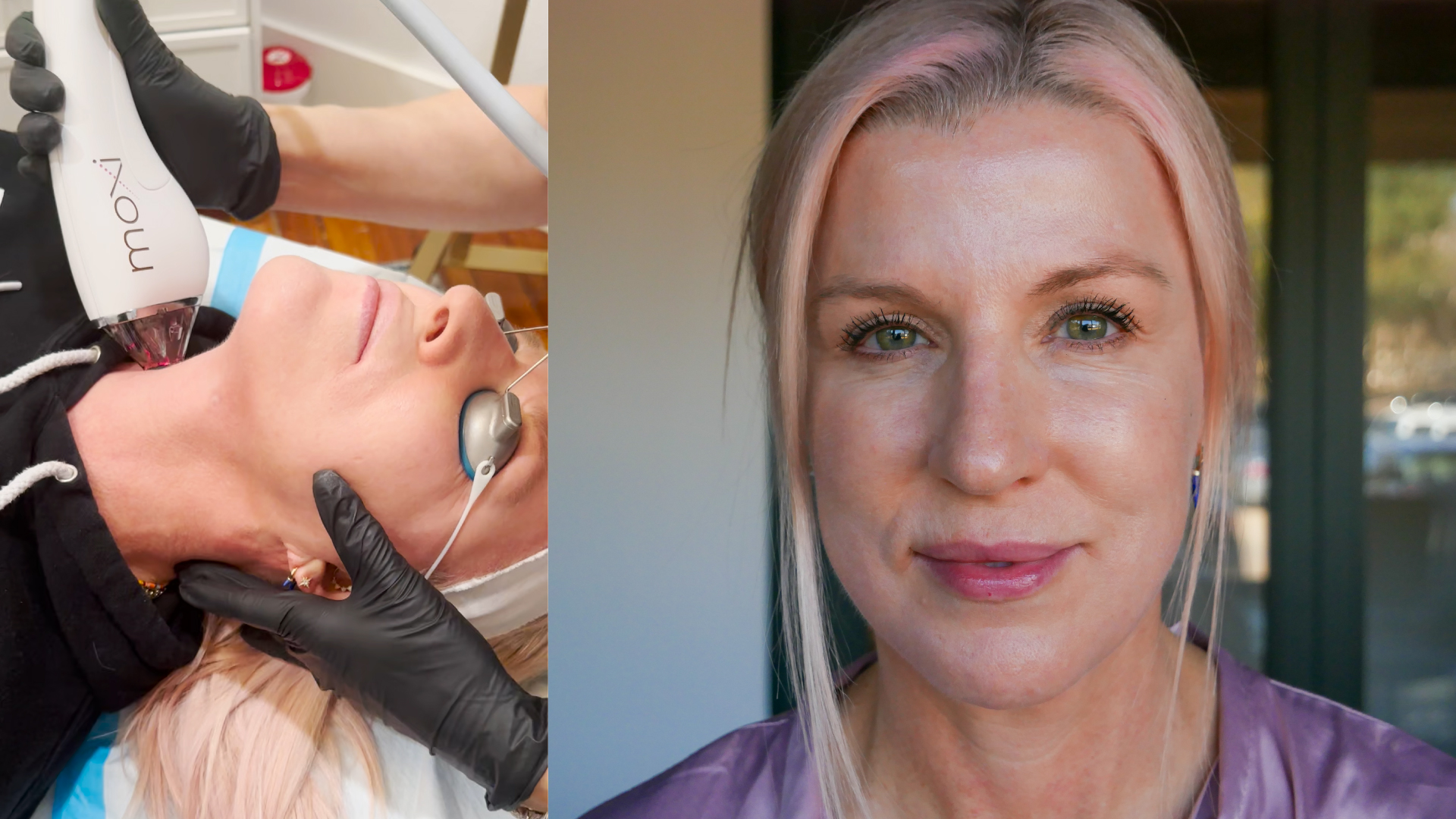Ectoin is having a moment. From claims of being a ‘natural plastic’ to promises of instant wrinkle reversal, the hype surrounding ectoin in skincare has led to a flood of misinformation, and we’re here to set the record straight on what this amazing desert-dwelling molecule can actually do for your complexion. From natural beauty brands to high-end cosmeceuticals, it’s being called everything from a “hydration hero” to a “natural anti-aging miracle.” But as ectoin becomes more popular, so do the marketing myths that stretch or sometimes ignore the science.
So, how much of what you’ve heard is actually true?
In this article, we’ll break down 7 of the most common myths about ectoin in skincare. Using real clinical evidence and research, not hype. We’ll help you cut through the noise and make sense of what this ingredient really can (and can’t) do.
Myth #1: “Ectoin Instantly Repairs the Skin Barrier”
The truth…
There is a persistent marketing myth that suggests that ectoin in skincare acts by forming an actual ‘plastic’ barrier on the skin’s surface. This is not true. Ectoin helps support and protect the skin barrier, but “repair” implies it reverses existing damage instantly, which isn’t accurate.
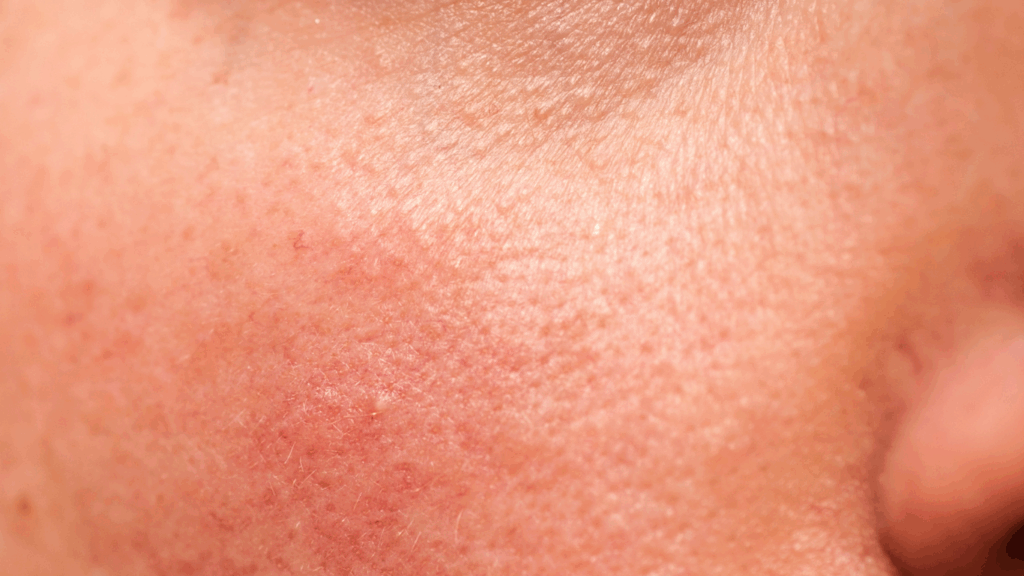
So what does ectoin actually do…
Ectoin forms a hydration shell around cells and helps stabilize skin membranes, which can reduce water loss and support recovery in stressed or damaged skin. But it doesn’t regenerate tissue or replace missing lipids in the way ceramides or cholesterol might.
It helps prevent further barrier damage and improves hydration over time. It’s supportive and can even be soothing at a time your skin barrier is damaged, but it does not repair your skin barrier.
Myth #2: “Ectoin Provides Long-Term Hydration After One Use”
The truth…
Ectoin is a great humectant, but like most water-binding ingredients, its hydration effects depend on continued use.
Some small-scale studies and supplier reports suggest hydration may persist for a few days after stopping, but there’s no strong evidence that it delivers long-lasting effects from a single application. And this would likely only take place in a climate where there is humidity and ample moisture in the air.

So what does ectoin actually do…
Hydrates well during use, especially when applied regularly at concentrations between 2–7%. But an ongoing application is needed to maintain moisture levels.
Myth #3: “Ectoin Will Work for Everyone”
The truth…
While ectoin is known for being gentle and safe across many skin types, results can vary depending on your skin’s needs and condition.
Studies show stronger results in damaged, sensitive, or inflamed skin (like eczema or retinoid irritation). But for normal or oily skin, the benefits may be less dramatic or harder to notice.

So what does ectoin actually do…
Based on research, ectoin performs best in stressed, dry, compromised, or reactive skin, but it’s not a one-size-fits-all miracle.
Myth #4: “Ectoin Can Replace the Need for Sunscreen”
The truth… There is a small bit of evidence that says ectoin can enhance photoprotection, but it does not block UV rays.
One of the biggest misconceptions that is repeated about ectoin in skincare is that it is a powerful replacement for sunscreen, which simply isn’t true. Some lab studies show that ectoine reduces oxidative stress and protects DNA in skin cells exposed to UVA and visible light. It even helps preserve immune cells that are normally damaged by UV. However, there are no studies of ectoin alone acting as a sunscreen with a verified SPF level. This means it is not a substitute for SPF.
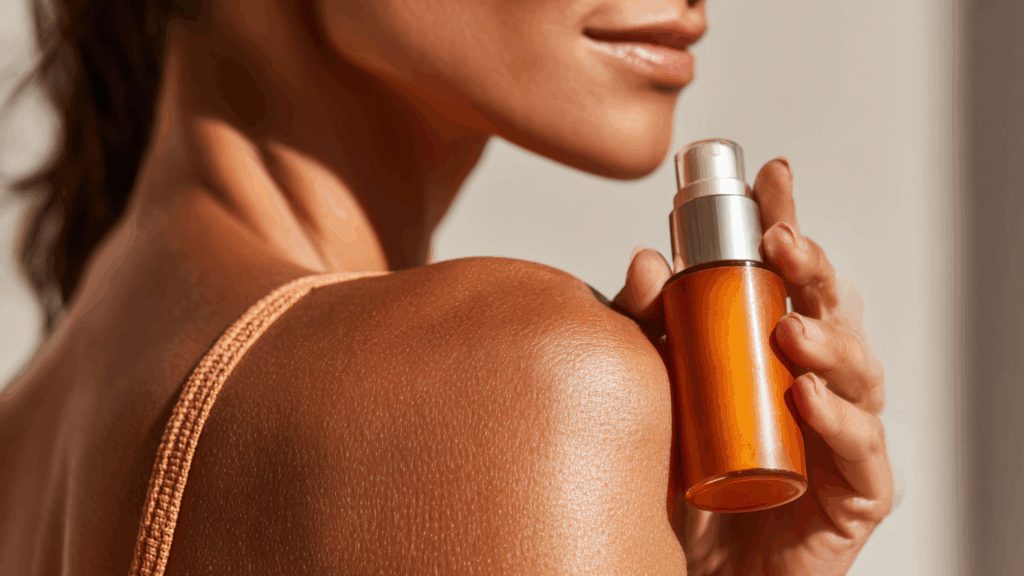
So what does ectoin actually do…
Today, there is limited evidence that ectoin may have some added photoprotective benefits, but you should not be using it as a substitute or even supplement to your sunscreen. Those claims are not backed by science.
Myth #5: “Ectoine Is Proven to Reverse Aging”
The truth…
We often see the exaggeration that ectoin in skincare can completely reverse deep wrinkles. This is a major overstatement. Ectoin may help slow visible signs of aging, like dryness, dullness, and loss of elasticity, but there’s no clinical evidence that it reverses wrinkles or repairs aged skin on its own.
One clinical trial did show improvements in hydration, elasticity, and fine lines with 2% ectoine cream, but this doesn’t equal full-scale reversal. Often, hydrating ingredients can provide temporary improvement to superficial fine lines and wrinkles.
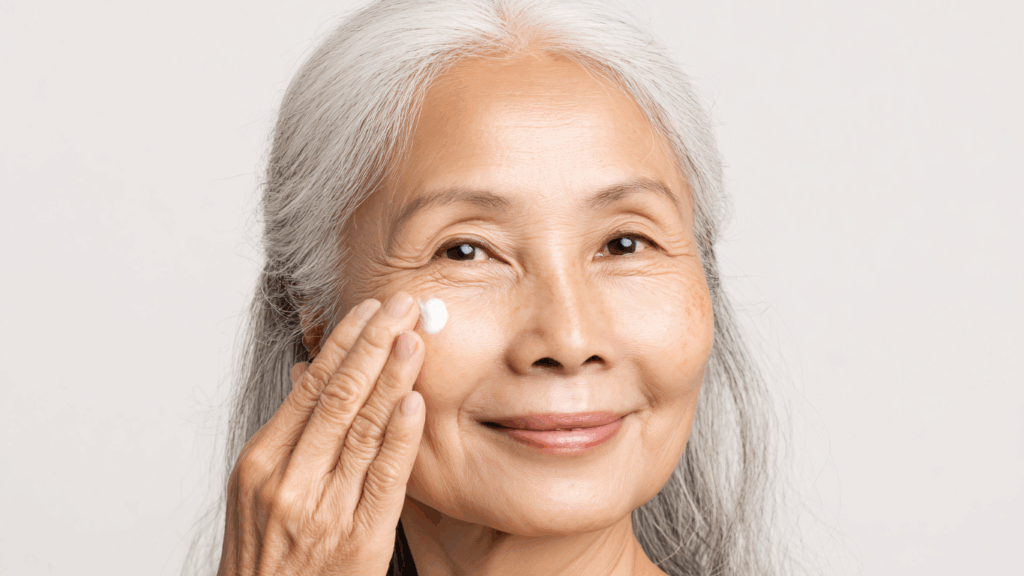
So what does ectoin actually do…
Ectoin helps hydrate your skin, which can lead to better skin quality and resilience as part of a preventative or supportive anti-aging routine. But it’s not a retinol alternative or wrinkle eraser.
Final Thoughts: Ectoin Is Another Great Skincare Ingredient, but It Is Not Magical
Ultimately, while it may not be a miracle cure for every skin concern, understanding the true science behind ectoin in skincare reveals it as a top-tier ingredient for maintaining a strong barrier, soothing sensitivity, and offering reliable, everyday protection. Ectoin earns its place in skincare because of what the science actually shows: it’s hydrating, calming, protective, and safe. But that doesn’t mean it can do everything. Like any ingredient, its effectiveness depends on the formulation, the user, and the skin concern.
So if you’re building a smarter skincare routine? Ectoin could be a great ingredient to add to your skincare arsenal, especially if you’re dealing with dryness, inflammation, or barrier damage. Just don’t fall for the myths. Let the science lead the way.
References
Alexopoulos, A., Eberlein, B., Kompatscher, P., Läuchli, S., Reimann, K., & Staubach-Renz, P. (2022). A randomized, observer-blind, vehicle-controlled multicenter trial of an ectoine and hyaluronic acid-containing cream for atopic dermatitis in children. Journal of Dermatological Treatment, 33(7), 3300–3307. https://doi.org/10.1080/09546634.2021.2000172
Fontbonne, D., Becquart, F., & Kurzen, H. (2024). Positive and ecobiological contribution in skin photoprotection of ectoine and mannitol combined in vivo with UV filters. Photodermatology, Photoimmunology & Photomedicine, 40(1), 19–29. 10.1111/jocd.15893
Heinrich, U., Garbe, B., Tronnier, H., & Wiegand, C. (2007). In vivo assessment of ectoine: A randomized, vehicle-controlled clinical trial. Skin Pharmacology and Physiology, 20(4), 211–218. 10.1159/000103204
Jeong, D., Lee, J., Jeong, H., Kim, B., & Kim, Y. (2019). The skin-whitening effects of ectoine via the suppression of α-MSH-stimulated melanogenesis and the activation of antioxidant Nrf2 pathways in UVA-irradiated keratinocytes. International Journal of Molecular Sciences, 20(19), 4941. https://doi.org/10.3390/ijms20194941
Kudryavtseva, A., & Migaliev, D. (2017). Topical ectoine application in children and adults to treat inflammatory diseases associated with an impaired skin barrier: A systematic review. Clinical, Cosmetic and Investigational Dermatology, 10, 517–531.10.1007/s13555-021-00676-9
Lefort, R., Durbec, F., & Lhomme, C. (2019). Genotoxicity of visible light (400–800 nm) and photoprotection assessment of ectoin, L-ergothioneine and mannitol and four sunscreens. Journal of Photochemistry and Photobiology B: Biology, 198, 111573. 10.1016/j.jphotobiol.2008.01.008
Reuter, S., Schiller, M., & Bauer, G. (2010). Ectoines as novel anti-inflammatory and tissue protective lead compounds with special focus on inflammatory bowel disease and lung inflammation. Inflammation Research, 59(12), 573–581. doi: 10.1016/j.phrs.2020.105389.
Wolnicka-Glubisz, A., Stachurska, A., & Zaleska, K. (2019). The influence of ectoine on the skin parameters damaged by a CO₂ laser. Applied Sciences, 9(23), 4998. https://doi.org/10.3390/app923499

